HIV has a global face, and it is the face of women. Women make up more than half of all people living with HIV -- the leading cause of death for women aged 15 to 49 -- and in some areas, the disease affects women even more. Addressing the nexus between HIV and gender inequality is critical, and that's what my colleagues and I will be doing at the RTI International Ending Gender Inequalities conference this month.
In the U.S., African-American women are more likely than white women to be diagnosed with HIV for multiple reasons. For example, a later HIV diagnosis is common in African-American communities. Also, racial and ethnic minority groups experience higher rates of other sexually transmitted diseases, which can add to a person's chances of getting or transmitting HIV. And studies show that the poverty rate among African-Americans is higher than among other racial and ethnic groups, which can affect community access to prevention and treatment.
Cultural differences also play a role in women's increased HIV risk while simultaneously widening the gender inequality gap. In many parts of the world, there is a double standard of men boasting about multiple sex partners, while women are expected to be monogamous. These cultural norms also limit a woman's sexual power and ability to speak openly about safer sex practices with her partner.
This inequality extends to transgender people as well. One in four transgender women who engage in sex work are living with HIV and are also at greater risk for gender-based violence. Passing discriminatory laws like North Carolina's House Bill 2 only serves to exacerbate the inequality already faced by the transgender community.
Violence against women also contributes to the risk for HIV. One in three women around the world have experienced physical or sexual violence, primarily by a family member or an intimate partner.
In addition to violence, alcohol and drug use is another risk factor for HIV. Recently, attention has focused on prescription drug abuse as well as heroin use and the need for treatment. Yet access to drug abuse treatment remains elusive for women. Men, for example, are four times more likely to access drug abuse treatment than women. And women who inject drugs are often at dual risk for HIV through injecting practices and sexual risk with their drug-using partners.
Because the factors that put women at risk vary widely by region, it's important to design culturally appropriate interventions that will have the greatest chances of success and to scale up interventions that have been found effective. I spend considerable time working in South Africa, where it's common for men to hold all the sexual power, from dictating the timing of sex to condom use. Based on what we know about cultural norms, we adapted an evidence-based intervention from the U.S. that seeks to help women negotiate with their sex partners about using a condom. Using these new skills helped women to increase condom use.
Access is a key component of any successful intervention, and it can take a variety of forms, such as having education centers that at-risk women can easily get to or designing better mobile health apps to bring risk-reduction education messages to young people.
We have solutions to these problems in our toolbox, including evidence-based programs that can be replicated and scaled up across communities. And yet it takes an average of 17 years for these solutions to be adapted and adopted on a broader scale from inception to pretesting to piloting to full studies, with only about 14 percent ever making it to benefit a large number of people.
We have to do better. Only when we more fully understand the deep-rooted connection between HIV and gender inequality can we find actionable solutions to overcome the societal and cultural barriers women face on a daily basis that keep them in jeopardy. We also need to call on policymakers to enact change quickly, and we need to identify strong collaborators who will help communities implement these solutions. That's the crux of our conference -- to help break the cycle of gender inequality and HIV, and to get women the help they need faster and more effectively. Because when generations are at risk, 17 years is too long for anyone to wait for help.
WENDEE WECHSBERG, Ph.D., is the director of the Substance Use, Gender and Applied Research program at RTI International and leads the institute's Global Gender Center, which is sponsoring the conference Ending Gender Inequalities: Addressing the Nexus of HIV, Drug Use, and Violence with Evidence-Based Action this Tuesday and Wednesday.










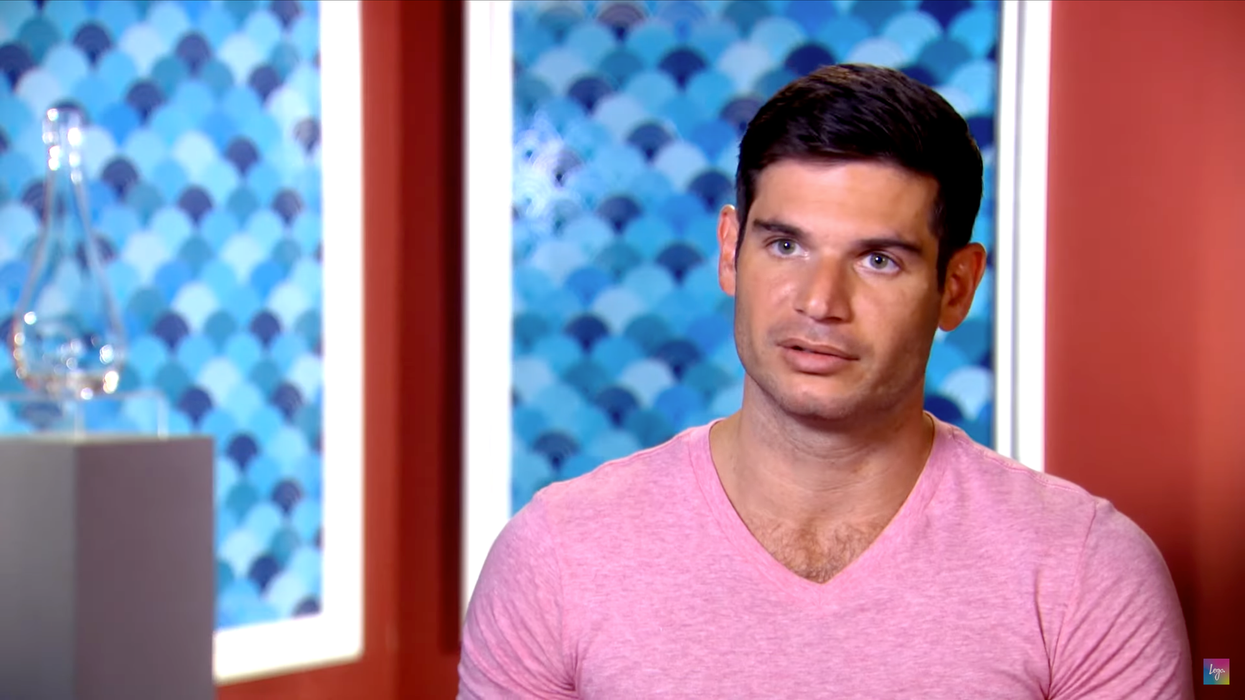









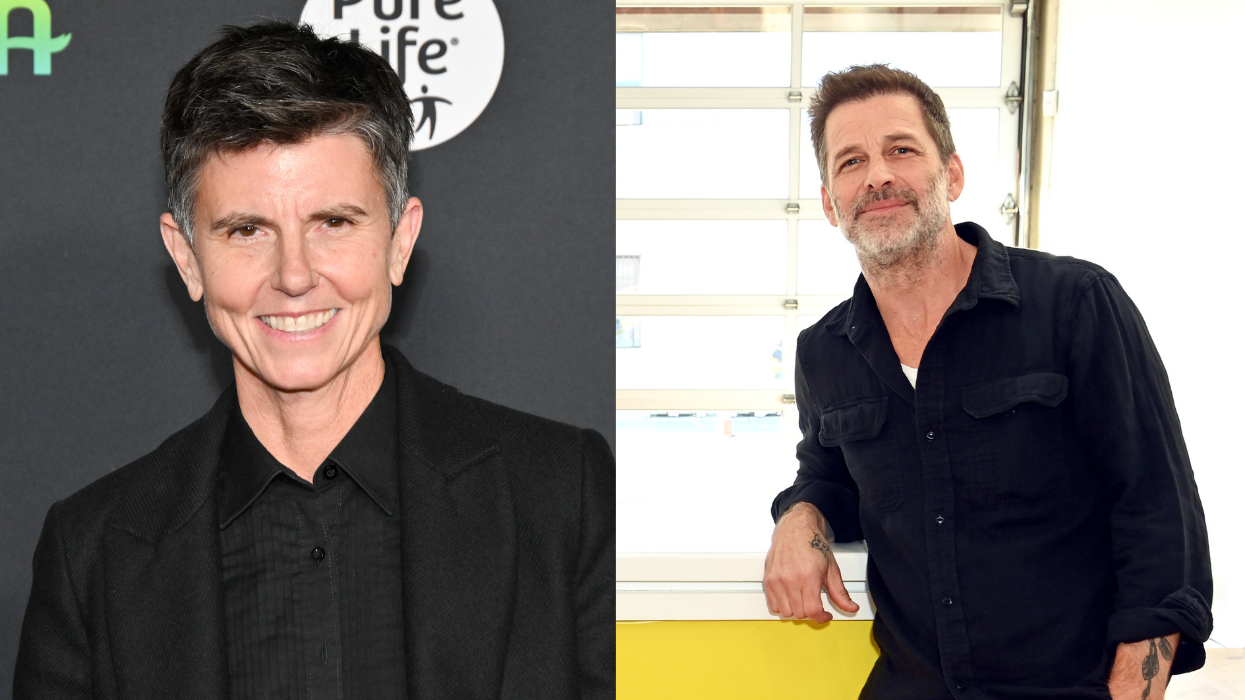
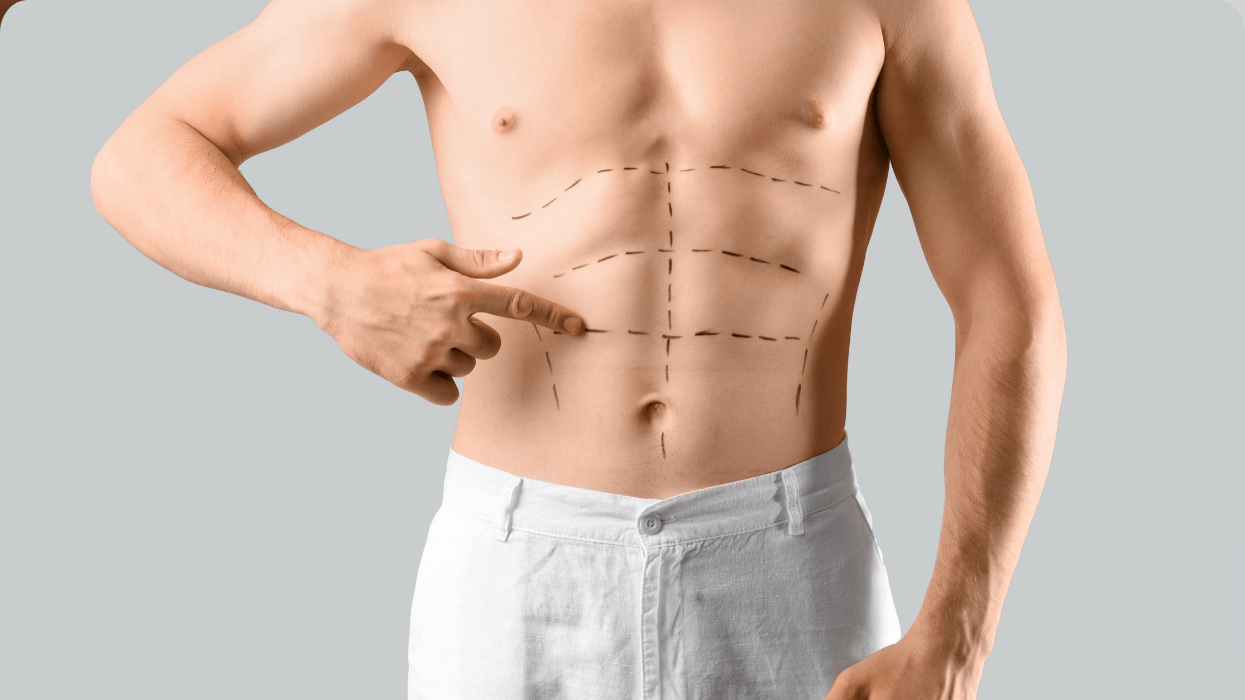

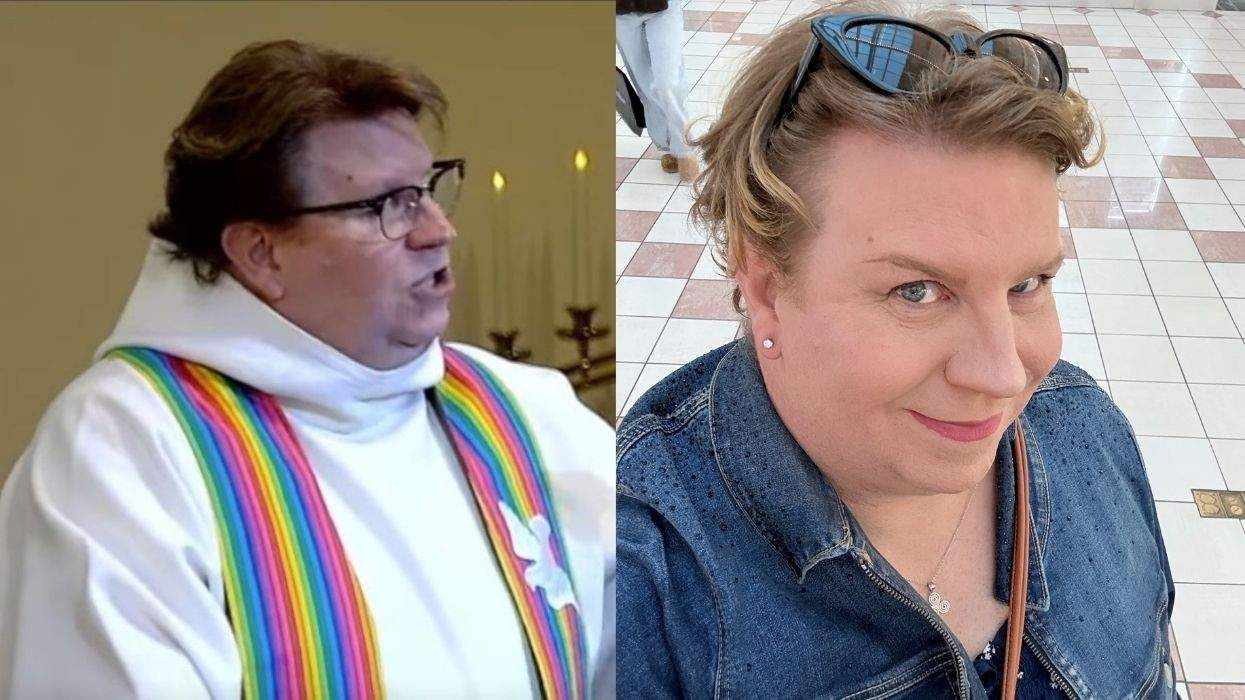


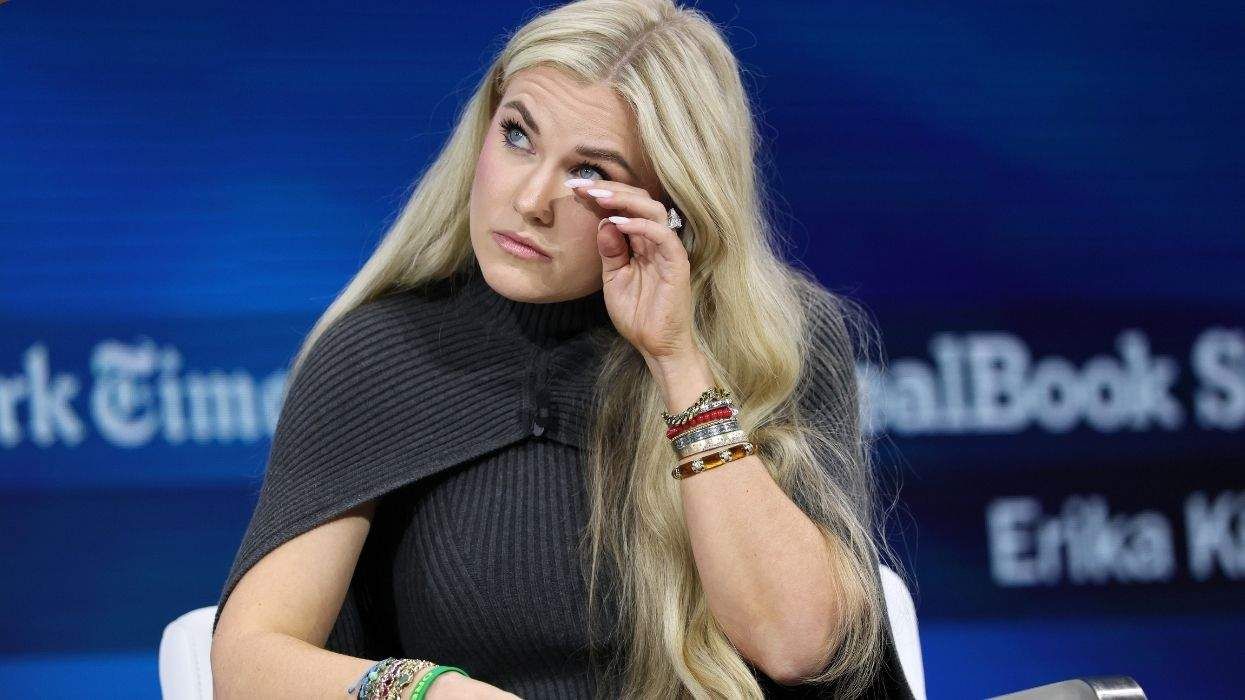
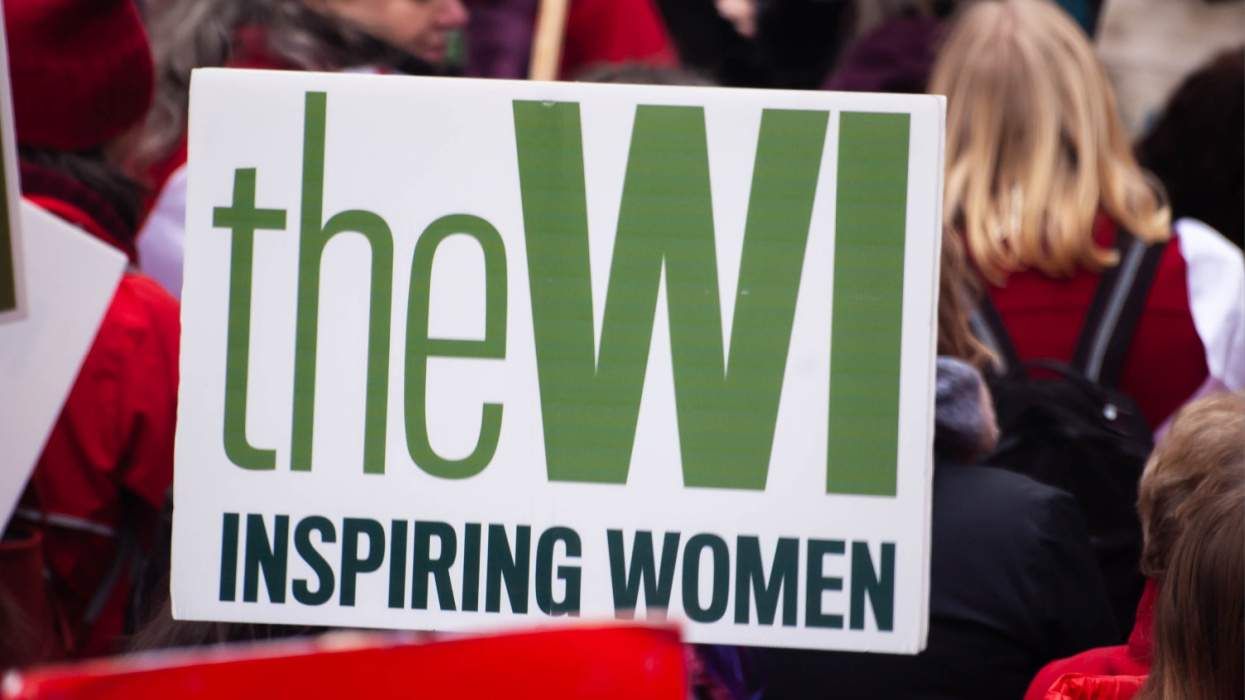








































Charlie Kirk DID say stoning gay people was the 'perfect law' — and these other heinous quotes